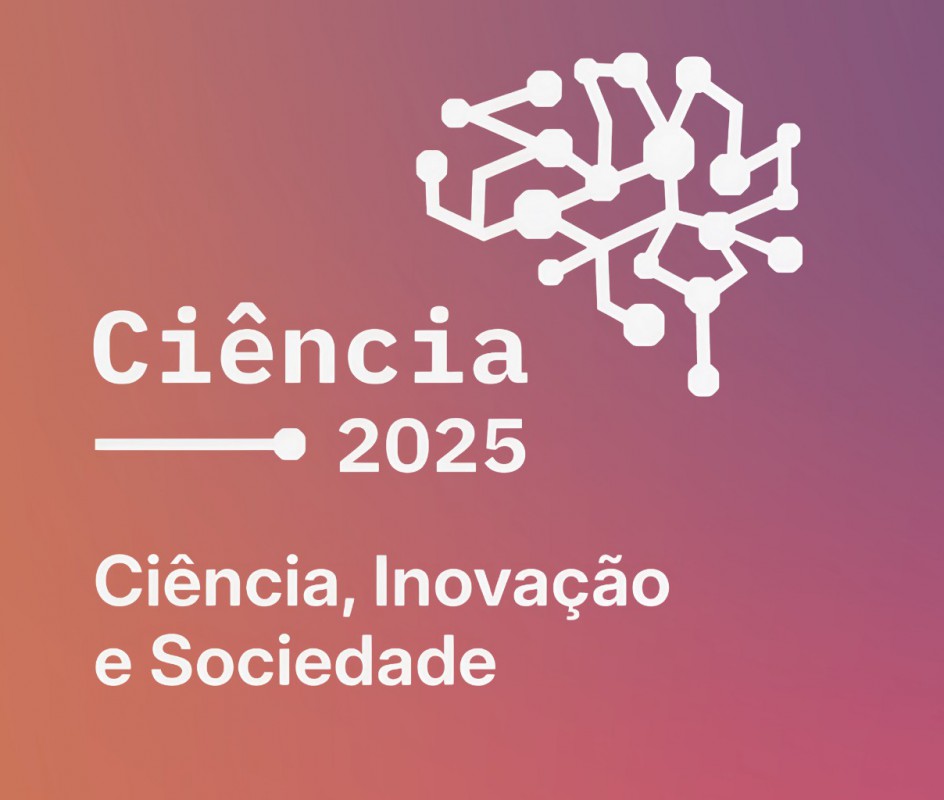
A study developed by a team from the Institute of Pediatric Dentistry and Preventive Dentistry of the Faculty of Medicine, University of Coimbra (FMUC), in collaboration with CICECO-Aveiro Institute of Materials, an associate laboratory of the University of Aveiro (UA), brings new perspectives to the early diagnosis of tooth decay in children, the most prevalent disease worldwide in this age group.
The work, entitled “Perfis metabolómicos salivares na cárie dentária em idade pediátrica”, focused on identifying a “salivary signature” with the objective of timely detection of children at high risk for tooth decay through a simple and non-invasive approach.
Tooth decay at a pediatric age “represents a serious public health problem, since it is the most prevalent disease worldwide in this age group, with a considerable impact on the quality of life of children and their families. However, to date, no consistent risk predictor has been identified that allows early signaling of children at high risk for the disease. Salivary metabolomics, a tool that allows the characterization of many metabolites simultaneously in saliva samples, has already made it possible to identify metabolomic markers specific to various diseases, such as diabetes and oral cancer; however, the application of this innovative approach in the context of research in pediatric oral health remains little explored,” explain the authors of the study Joana Leonor Pereira and Ana Luísa Costa, FMUC, and Ana Maria Gil, UA.
In this study, samples of children's saliva were analyzed through proton nuclear magnetic resonance spectroscopy (NMR), which allowed “to perform the most complete characterization of children's salivary metaboloma to date, to our best knowledge. In parallel, it was also possible to establish, for the first time, an appropriate protocol of salivary collection for this type of studies, having also observed a metabolic signature of tooth decay in children composed by 21 metabolites, never reported before,” they add.
The researchers intend to confirm and validate this promising salivary signature in future large-scale studies, so that it can function as a tooth decay biomarker, allowing the early diagnosis of tooth decay in children.
This work was recently awarded 1st Prize in the “Research Poster” category at the 29th Congress of the Portuguese Dental Association, the largest and most important congress in the field of Dentistry in Portugal.
Related Articles
We use cookies for marketing activities and to offer you a better experience. By clicking “Accept Cookies” you agree with our cookie policy. Read about how we use cookies by clicking "Privacy and Cookie Policy".











